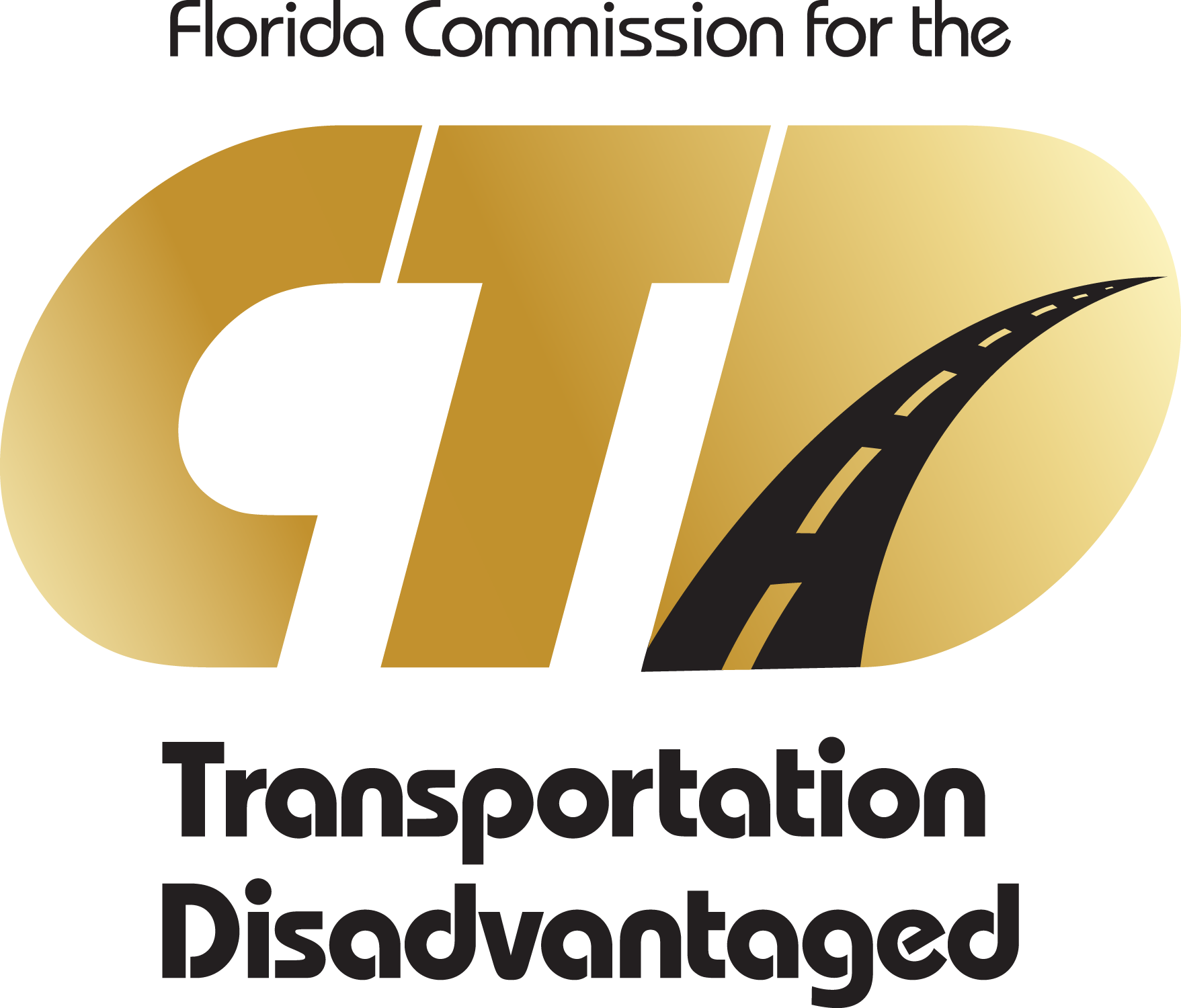Developing an effective funding model requires balancing a variety of trade-offs and competing priorities. Funding has an impact on individual riders, transportation provider organizations, planners and administrators, elected and appointed officials, and taxpayers, each with their own point of view on what changes are needed to ensure the program’s success. To balance the priorities of these different stakeholders, it is helpful to establish a set of guiding values that describe the goals of the program and offer a framework in which various proposed changes to the funding formula can be evaluated.
Below is a list of values, or guiding principles, to assist the Commission for the Transportation Disadvantaged in facilitating discussions with stakeholders and developing a new funding formula that aligns with the goals of the program.
Click on the Guiding Principles below for more on each:
Chapter 427, Florida Statutes, directs the Transportation Disadvantaged program and its provider network to coordinate with other purchasing agencies to deliver “cost-effective” transportation to customers. Coordinated transportation has evolved over the last thirty years and recently been challenged in adapting to the changes made to the Medicaid program. A new funding formula should consider these changes and encourage other purchasing agencies to “buy-in” to the Coordinated System, whenever possible.
While the system should allow for local autonomy in using funds to design services that best meet their customers’ needs, it should also have mechanisms in place to ensure funding is fulfilling the purposes set forth by the state. A funding model should include appropriate performance measures, accompanied by a reporting system, to hold local systems accountable to the state taxpayers.
A funding model that is transparent promotes trust and accountability across the system. This can be achieved by making information on payments and services readily available and understandable to all stakeholders.
Submit Feedback:
We welcome your input on the Guiding Principles outlined above. You can provide us with feedback on the Guiding Principles by filling out and submitting the form below, or by emailing: guidingprinciples@ctdallocationstudy.com
